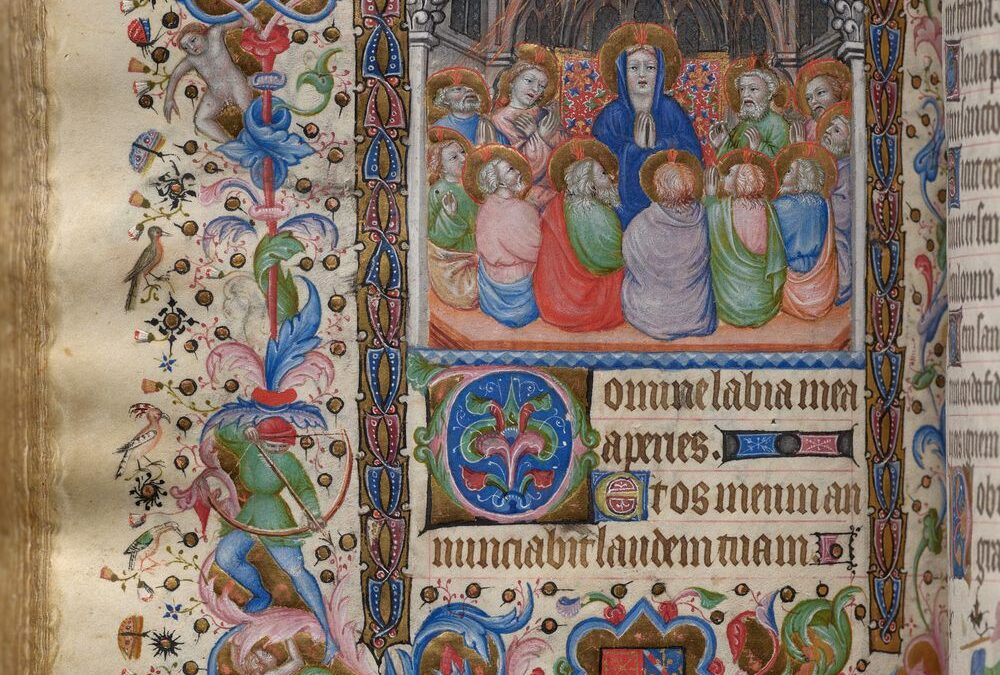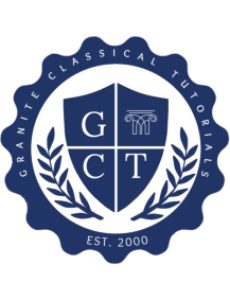At Granite’s Columbia campus this year, we are focusing on seeing beauty. “Beauty” is a term that gets thrown about quite liberally in a classical Christian education, typically in conjunction with “truth” and “goodness.” This year, we want to focus on the beautiful, and that means, first, defining the term.
Beauty is one of the “transcendentals.” According to Stratford Caldecott, the transcendentals are those qualities which are “found in absolutely everything that exists” to some degree or another.[1] Traditionally, these qualities are considered to be truth, goodness, and beauty. “Everything,” says Caldecott, “is true, good, and beautiful in some degree or in some respect. All that exists – because it gives itself, because it means something – is a kind of ‘light.’ It reveals its own nature and at the same time an aspect of that which gives rise to it.”
It’s important to note here that Caldecott and the philosophic tradition he is working within are not denying that some things are false, evil, or ugly. But what he is saying about beauty is similar to what St. Augustine argues in Confessions about goodness. Augustine says that good and evil are not dichotomies or opposites so much as the names for the presence and the lack of something. “Goodness” is our term for the presence of the good, while “evil” is our term for a lack of the good (not the presence of evil). Evil is not its own thing, in other words. It’s not a separate force from good that acts in opposition to it. “Evil” is rather the label we give something that has an extreme lack of goodness. “Ugliness,” similarly, is what we call a lack of beauty. The idea is that everything in existence possesses truth, goodness, and beauty, but some things possess more of these transcendental properties than others.
As one of the transcendentals, beauty is closely knit to truth and goodness. Indeed, Caldecott defines beauty as “the radiance of the true and the good,” and the thing that “attracts us to both.” A. G. Sertillanges describes the interconnectedness of the transcendentals as a Great Pyramid in which each side represents a transcendental: “If you go up by the northern edge,” he asks, “can you reach the summit without getting nearer and nearer to the southern edge?”[2] Joseph Pearce rightly notes that truth, goodness, and beauty are “inextricably entwined” because they come from the same source:
“For the Christian, they are not only entwined but ultimately are one and the same thing: they are the Thing that is Christ…
Since, properly understood, they are synonymous with Christ, it can be seen that the good, the true and the beautiful are the ends for which we strive. They are, however, also the means by which we attain the end. Christ is not merely the truth and the life, he is the way. He is not only the end, he is the means. All that is good, all that is true and all that is beautiful have their source in Christ and lead us to Him.”[3]
Christ is the logos, the incarnation of the Word of God, the God who spoke creation into a beautiful, ordered existence that was “good.” This means that the beauty that proceeds from Christ is, fundamentally, the good order of a thing. David Clayton puts it this way:
“When we apprehend the beauty of something, we apprehend at an intuitive level that it is ordered; and we recognize that it is good. We may not be able to describe in any detail in the way that modern science does what that order is, but we know that it is ordered and good, and we delight in it. And that delight is a personal reaction – we take delight in it because it is good for us.”[4]
This year, our goal is to take delight in the good order of God’s creation. The opportunities to apprehend and admire the beautiful are countless. We see beauty through nature studies, excellent poetry, math equations, good stories, science experiments, heady philosophy, and on and on. In everything we study this year, may we seek the beautiful and allow it to penetrate and nourish our souls.
[1] Stratford Caldecott, Beauty for Truth’s Sake: On the Re-enchantment of Education
[2] A. G. Sertillanges, The Intellectual Life: Its Spirit, Conditions, Methods
[3] Joseph Pearce, Beauteous Truth: Faith, Reason, Literature, and Culture
[4] David Clayton, The Way of Beauty: Liturgy, Education, and Inspiration for Family, School, and College
Aubry Dyakon is the Director of Classical Education at Granite Classical Tutorials.


